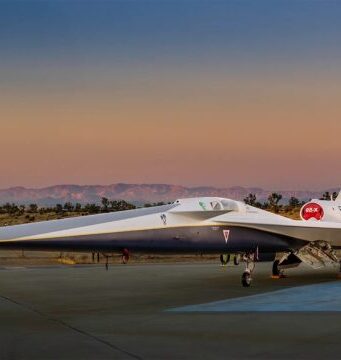Aalto University scientists have broken the world record by fourteen fold in the energy resolution of thermal photodetection.
The record was made using a partially superconducting microwave detector. The discovery may lead to ultrasensitive cameras and accessories for the emerging...
UW Associate Professor Luis Henrique Ceze, in blue, and research scientist Lee Organick prepare DNA containing digital data for sequencing, which allows them to "read" and retrieve the original files. Photo by Tara Brown Photography/University of Washington
Researchers at Microsoft...
Wearable devices can give away your passwords, according to new research.
In the paper "Friend or Foe?: Your Wearable Devices Reveal Your Personal PIN" scientists from Binghamton University and the Stevens Institute of Technology combined data from embedded sensors in...
Red blood cells must be small and flexible enough to squeeze through the tiniest capillaries of the body, where they deliver oxygen to surrounding cells. In the late 1960s, scientists proposed that the minute dimensions of these capillaries, which...
A raw image of the colored droplets as seen under the microscope. The variety of colors seen are created by the balance of fluorescent markers. Reading the color of each marker independently indicates the concentration of each reagent and...
Credit: Jack Dongarra, Report on the Sunway TaihuLight System, June 2016
A Chinese supercomputer has topped a list of the world's fastest computers for the seventh straight year—and for the first time the winner uses only Chinese-designed processors instead of...
Oil drop moves away from the landing point to the direction set by asymmetric geometrical patterning of the surface.Credit: Ville Jokinen / Aalto University
Researchers of Aalto University have developed surfaces where oil transports itself to desired directions. Researchers' oleophobic...
Perovskite-based nanowire lasers are the most efficient known. A topological image of a nanowire is shown (left insert). Room temperature emission images above the lasing threshold for two nanowires composed of different halides, iodide (red in center) and bromide...
"It's very inspiring to see how these structures occur in nature and how they can achieve different functions," says Jifei Ou, a graduate student in media arts and sciences at MIT. "We're just trying to think how can...
By splitting programs across a large number of processor cores, the KiloCore chip designed at UC Davis can run at high clock speeds with high energy efficiency.Credit: Andy Fell/UC Davis
A microchip containing 1,000 independent programmable processors has been designed...
Stanford engineers created arrays of silicon nanocones to trap sunlight and improve the performance of solar cells made of bismuth vanadate (1μm=1,000 nanometers). Credit: Wei Chen and Yongcai Qiu, Stanford
A Stanford University research lab has developed new technologies to...
















